Full text
PDF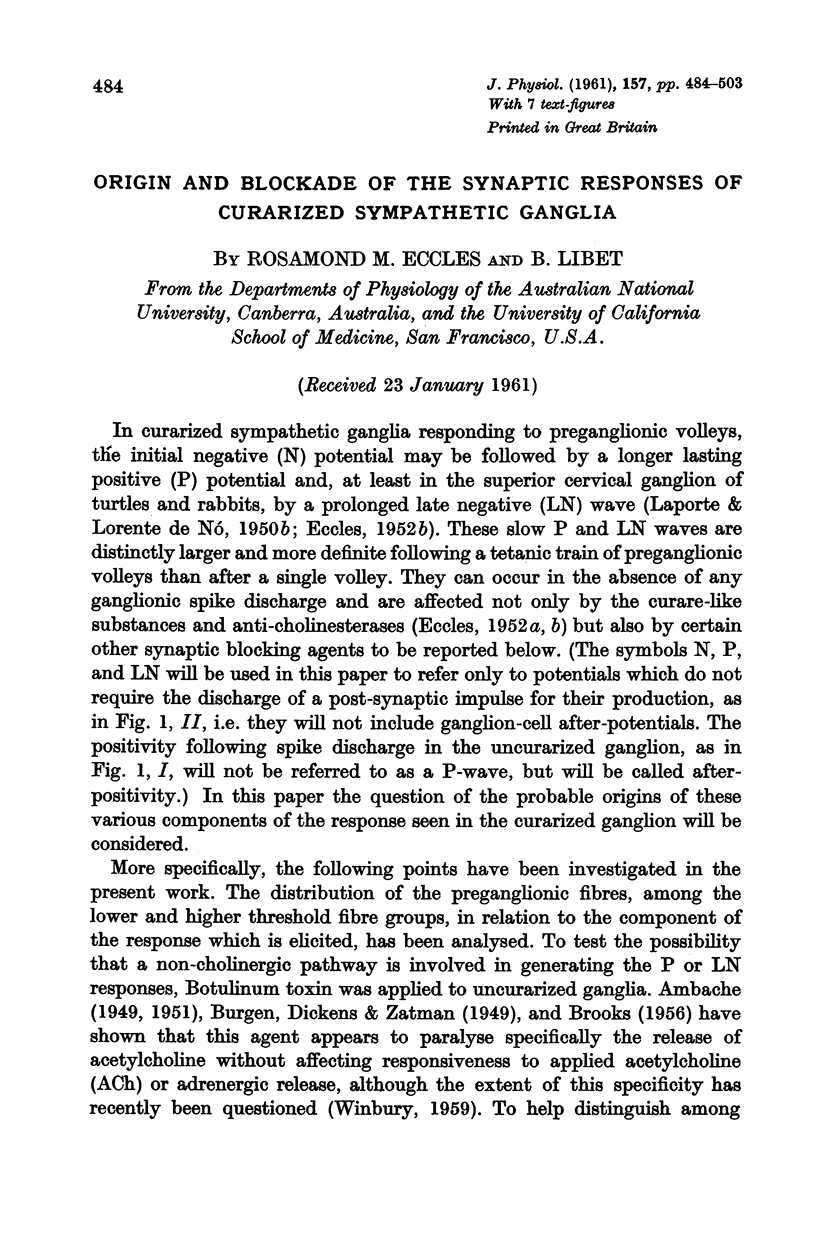
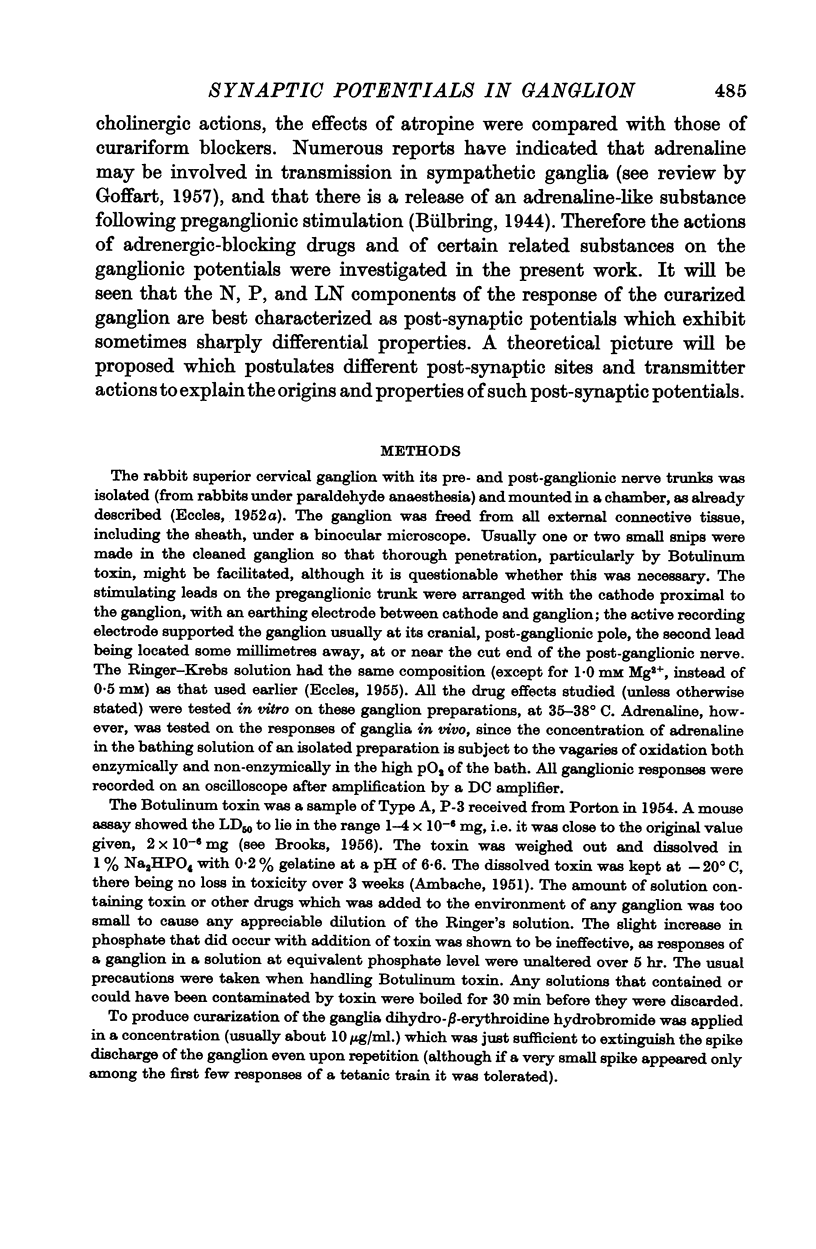
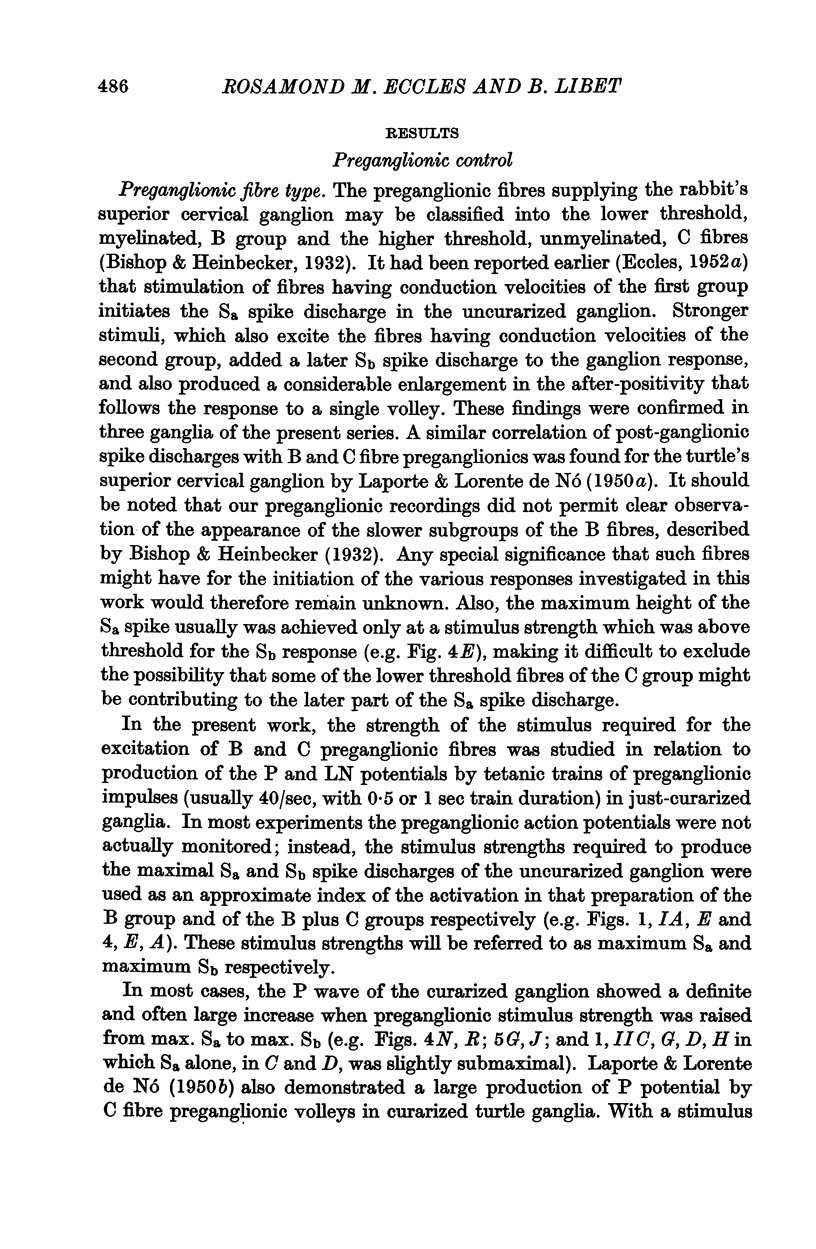
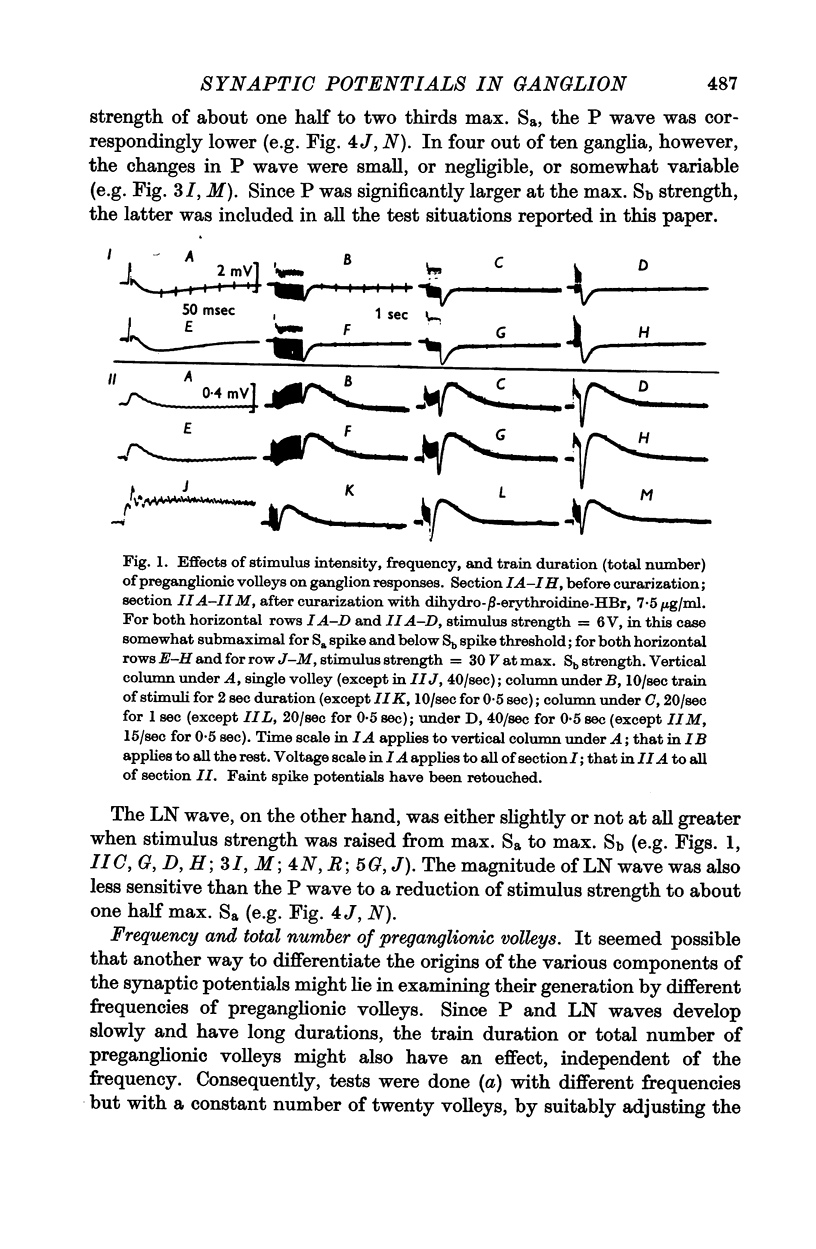
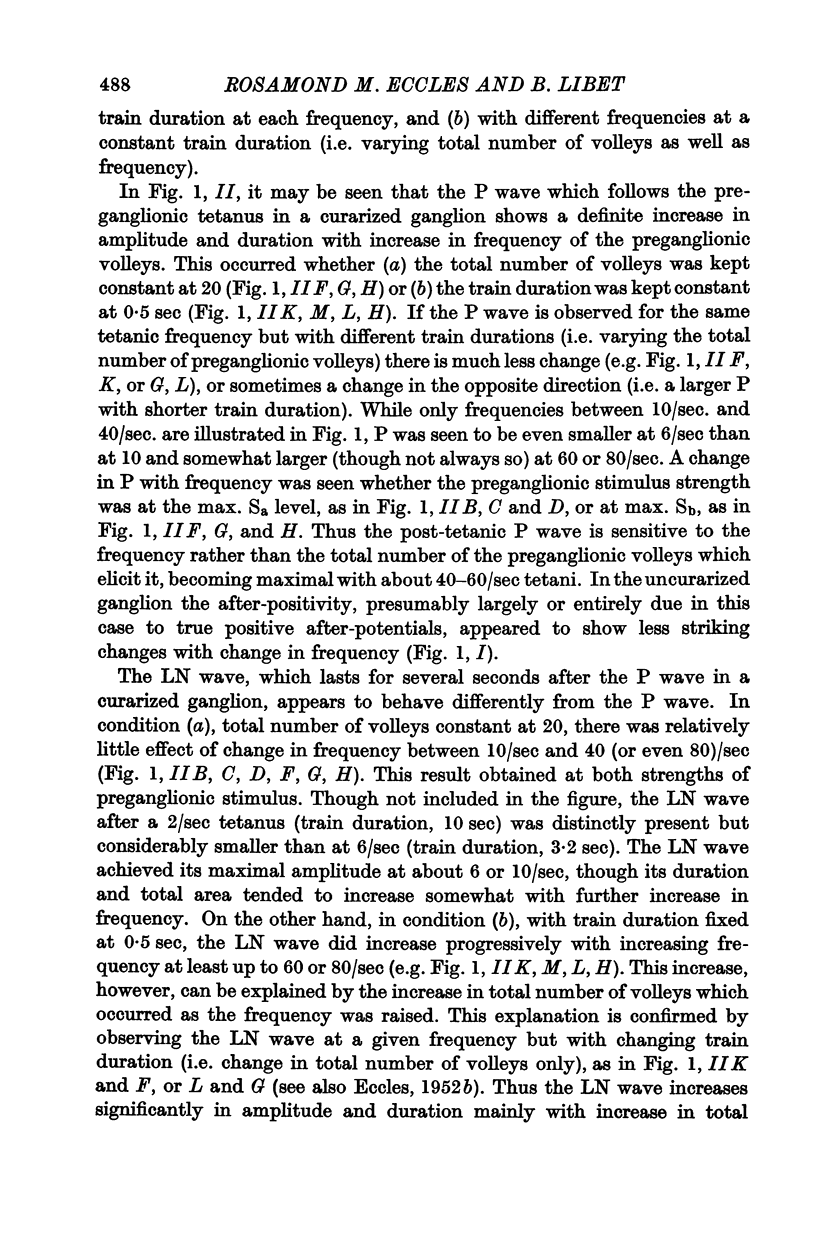
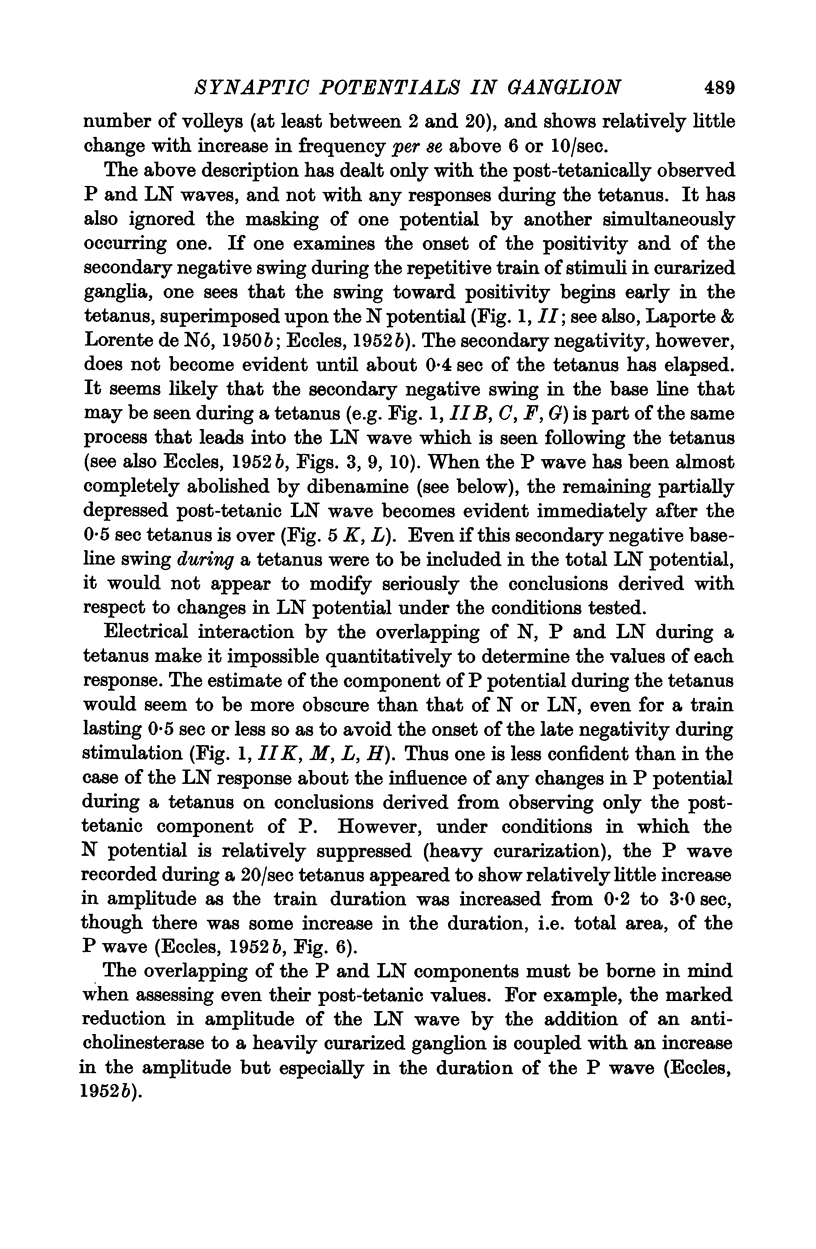
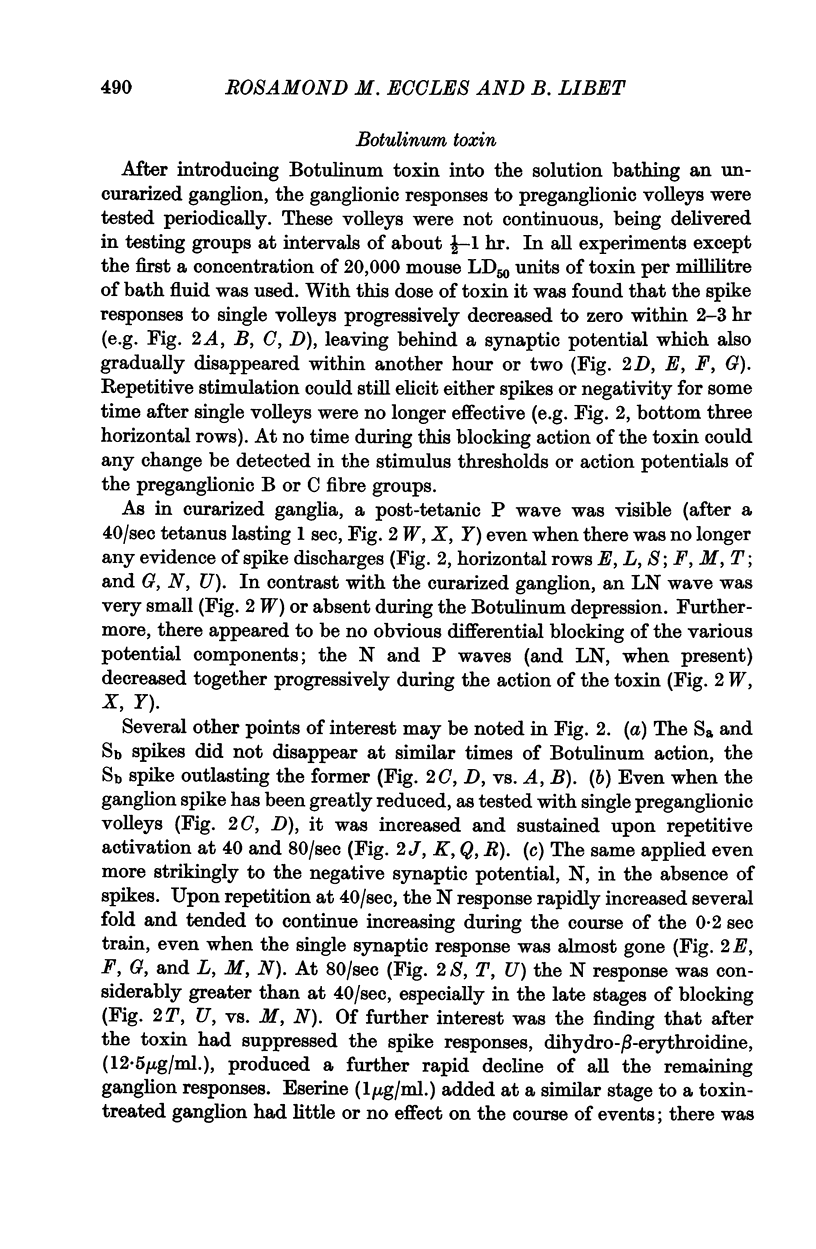
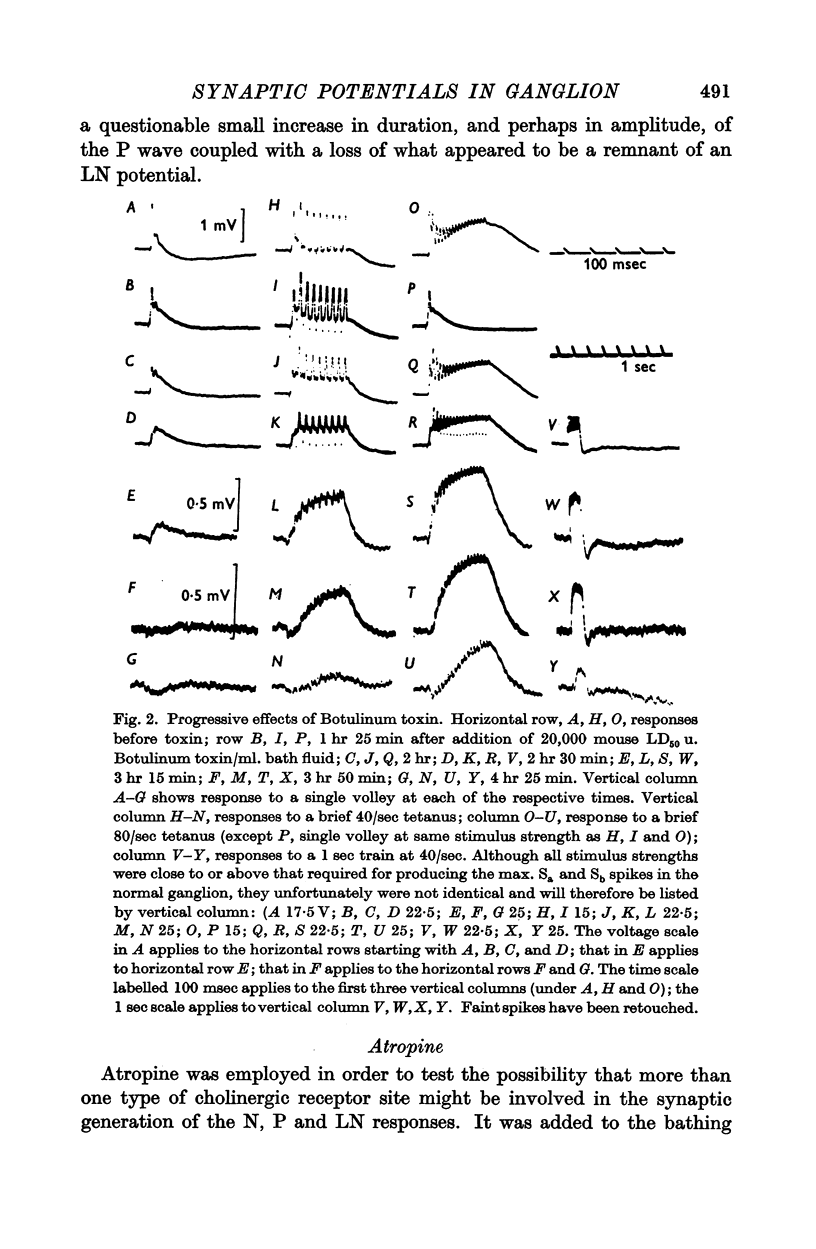
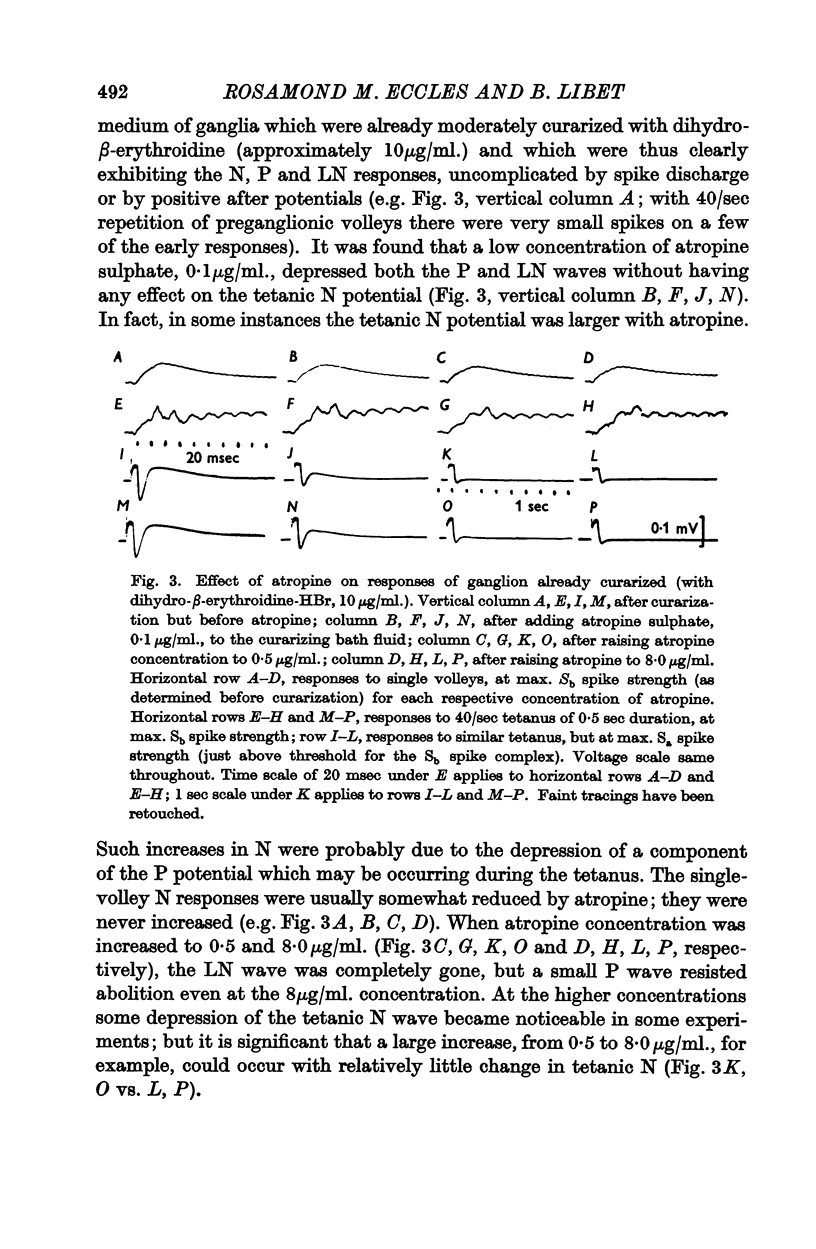
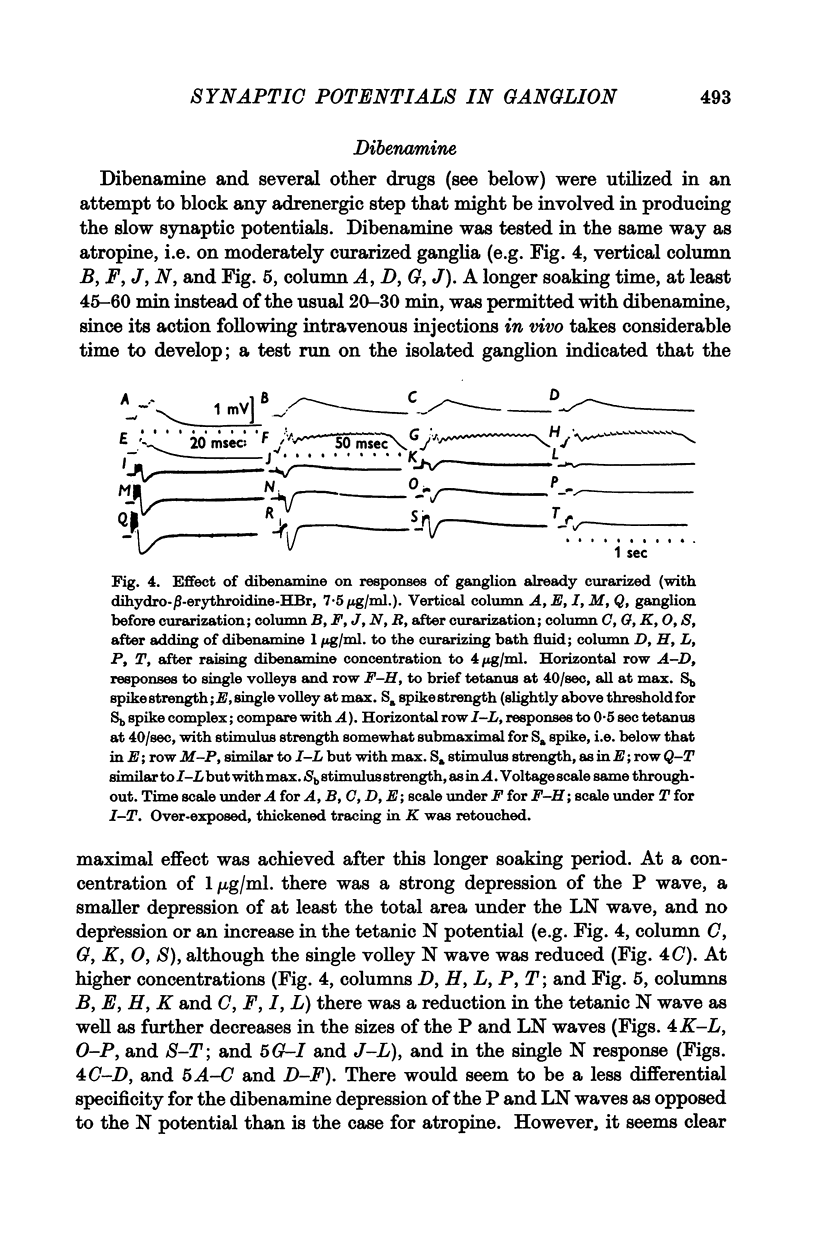
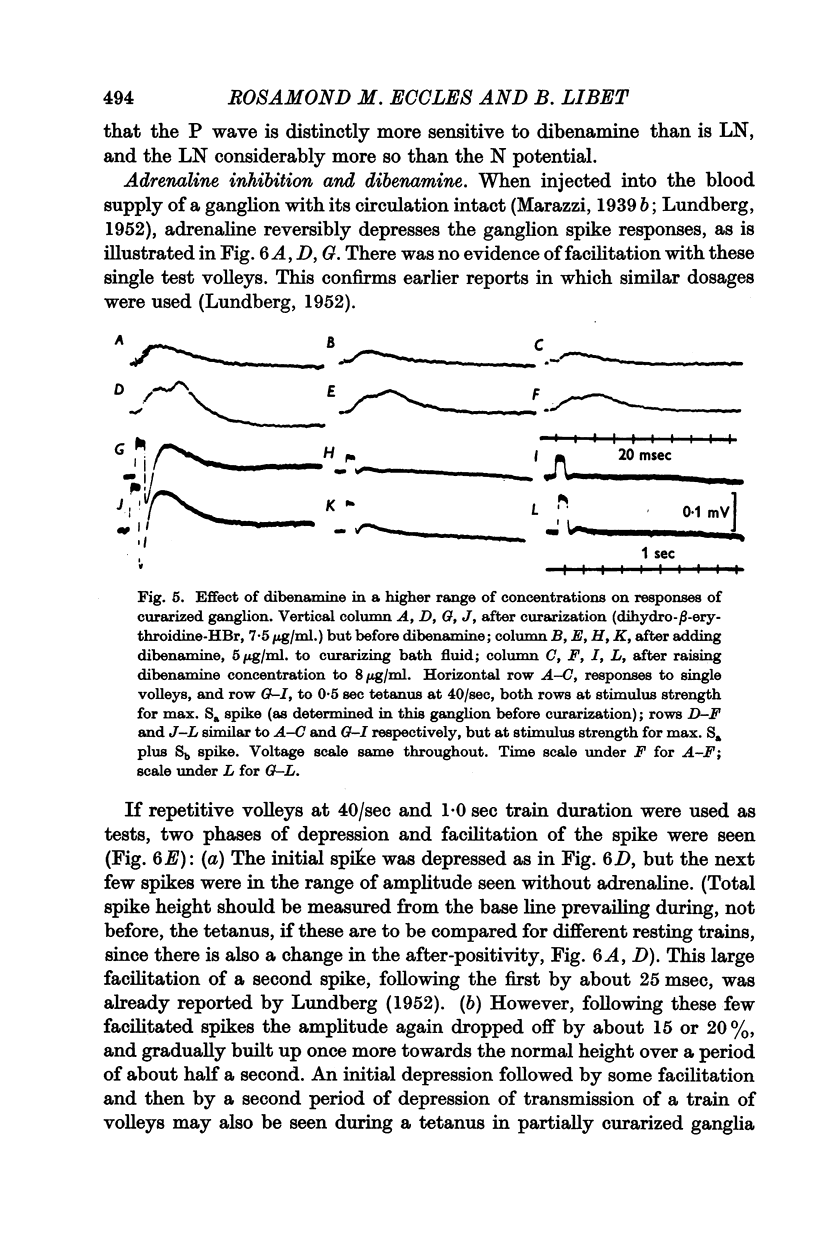
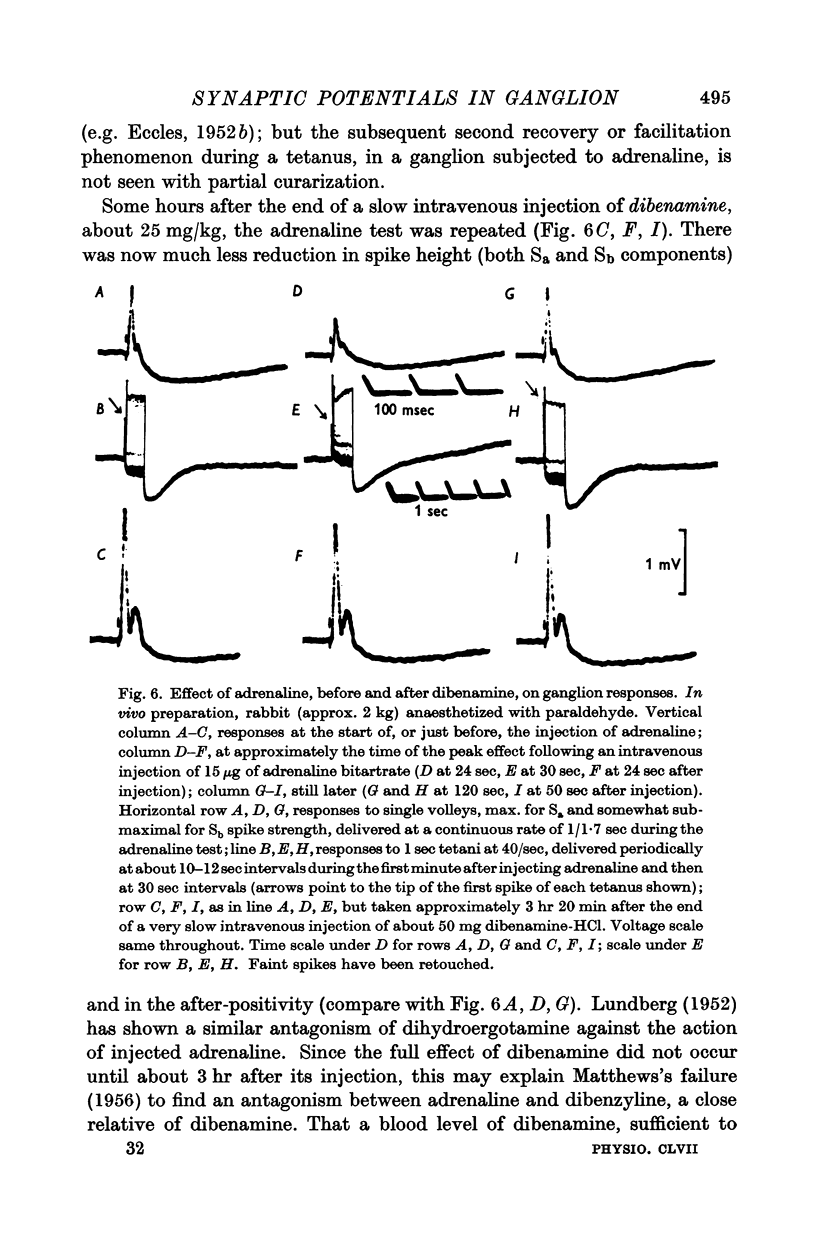
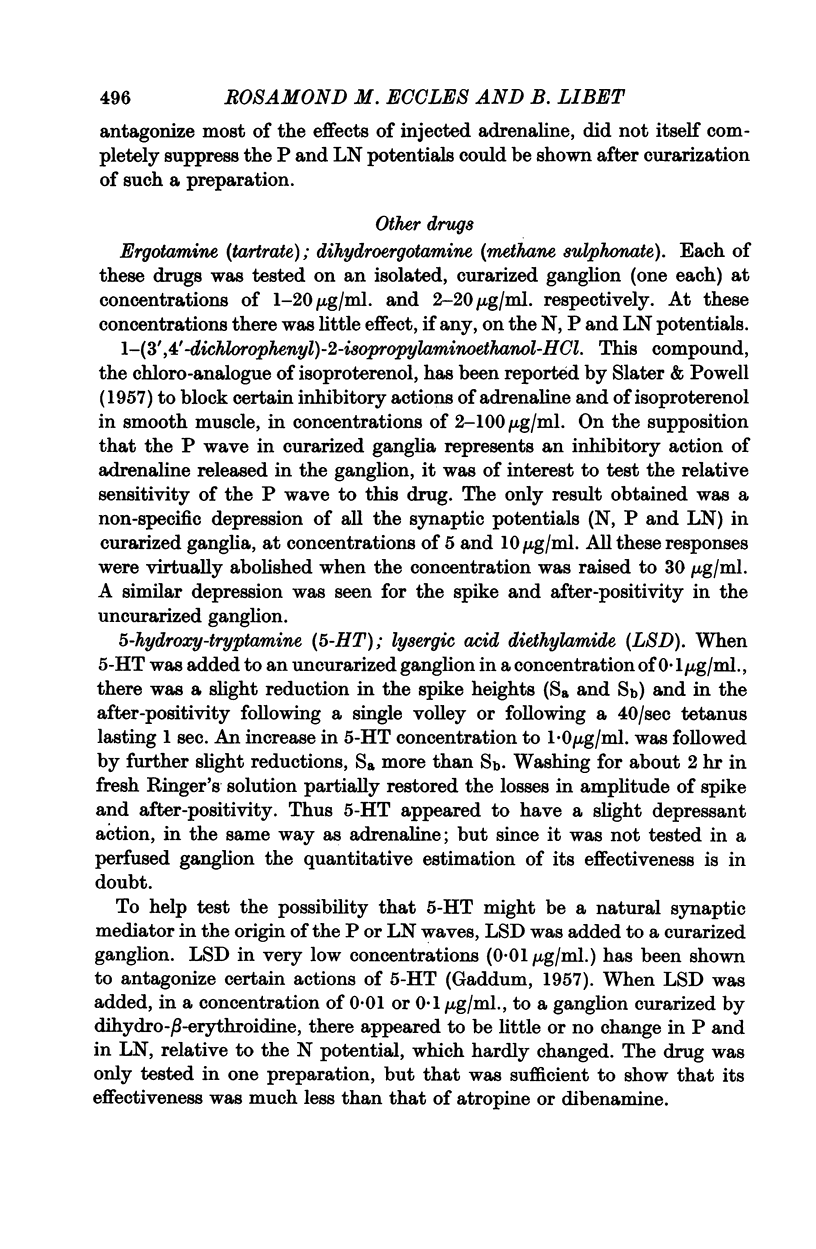
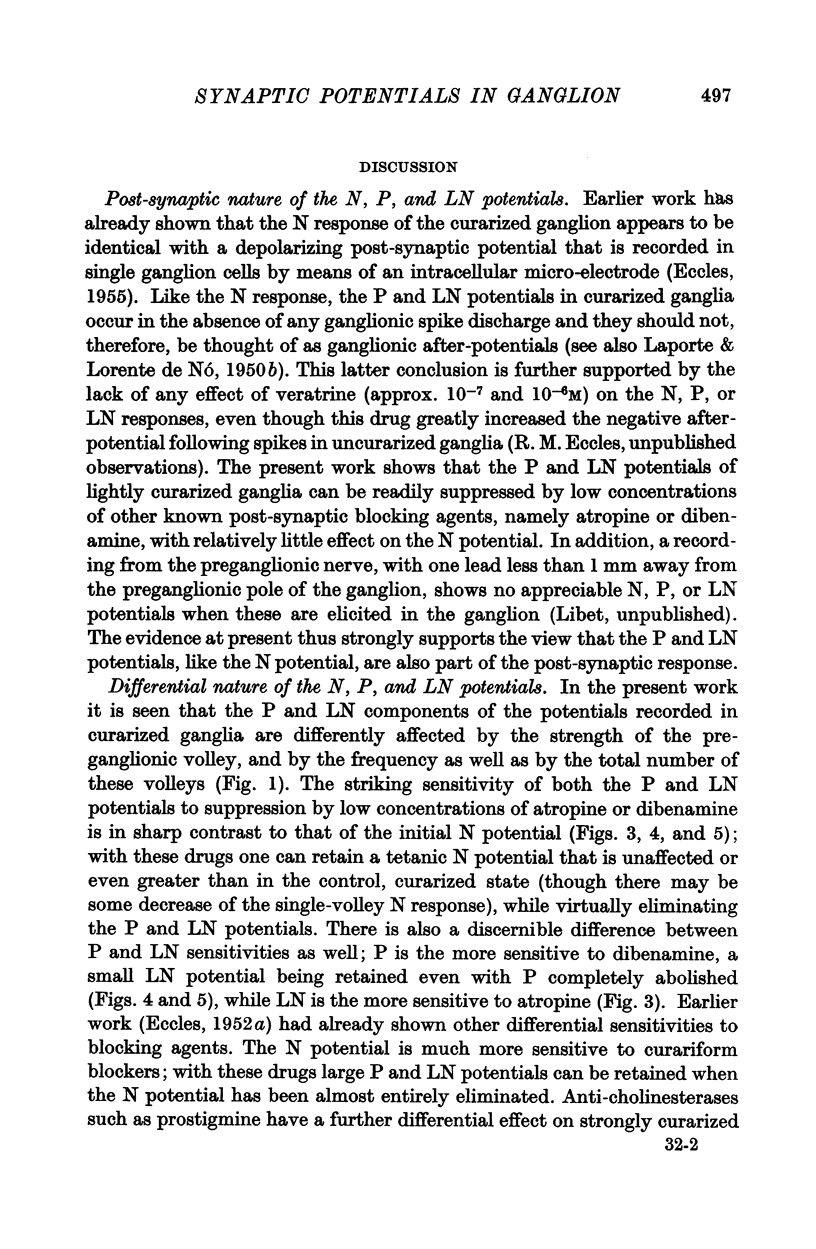

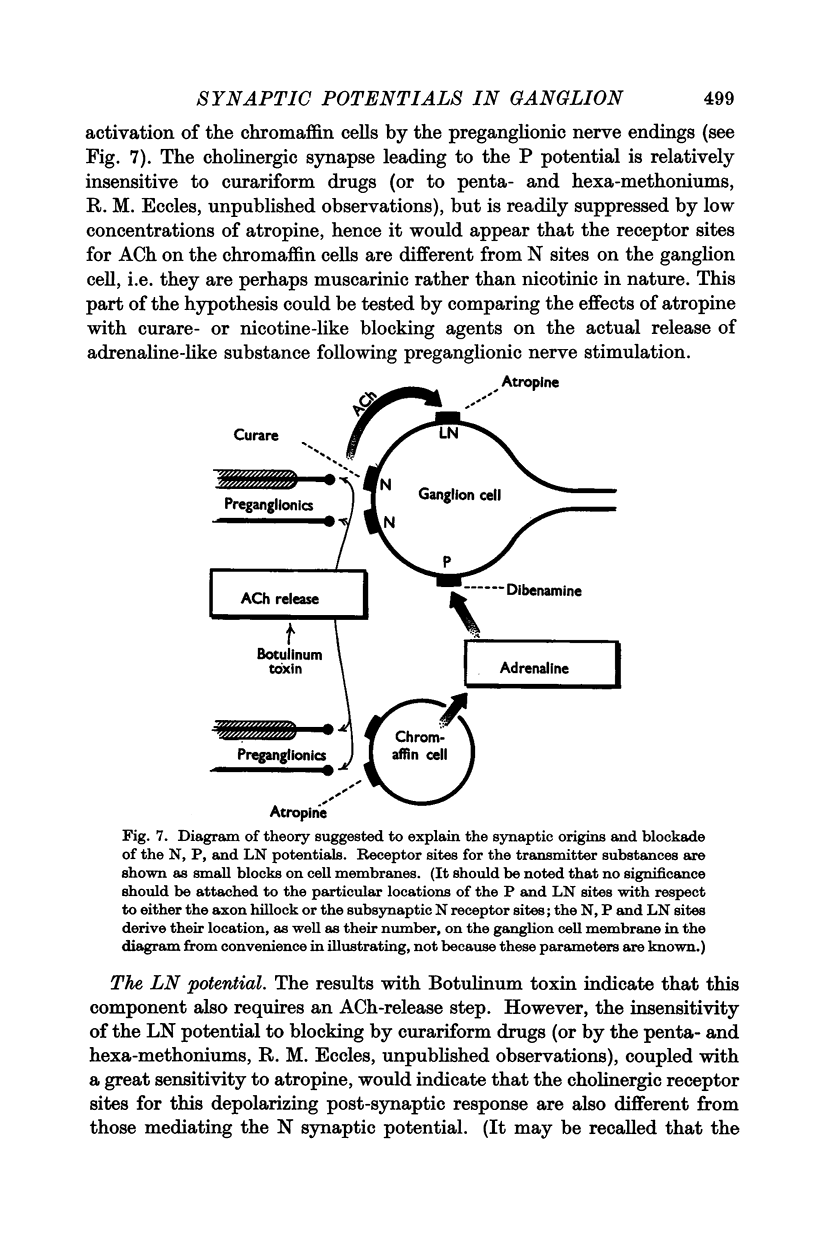
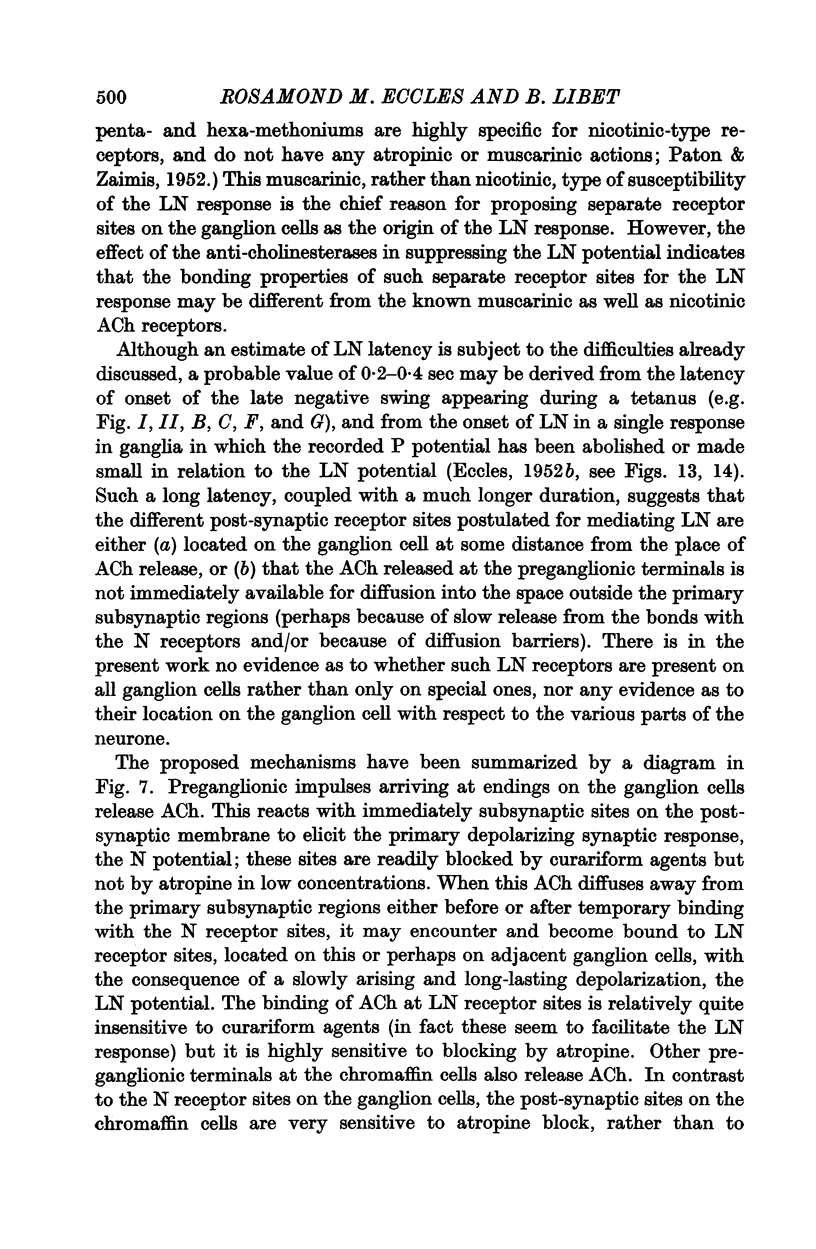
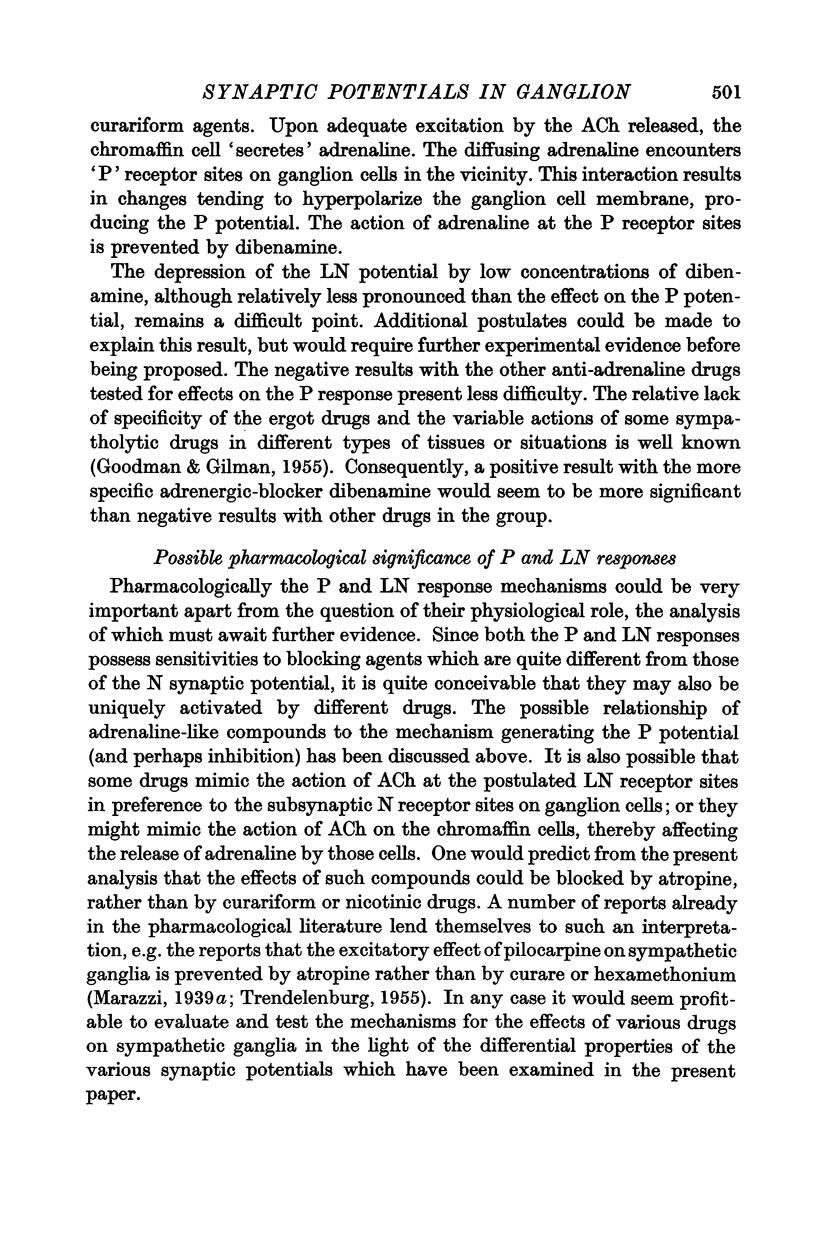
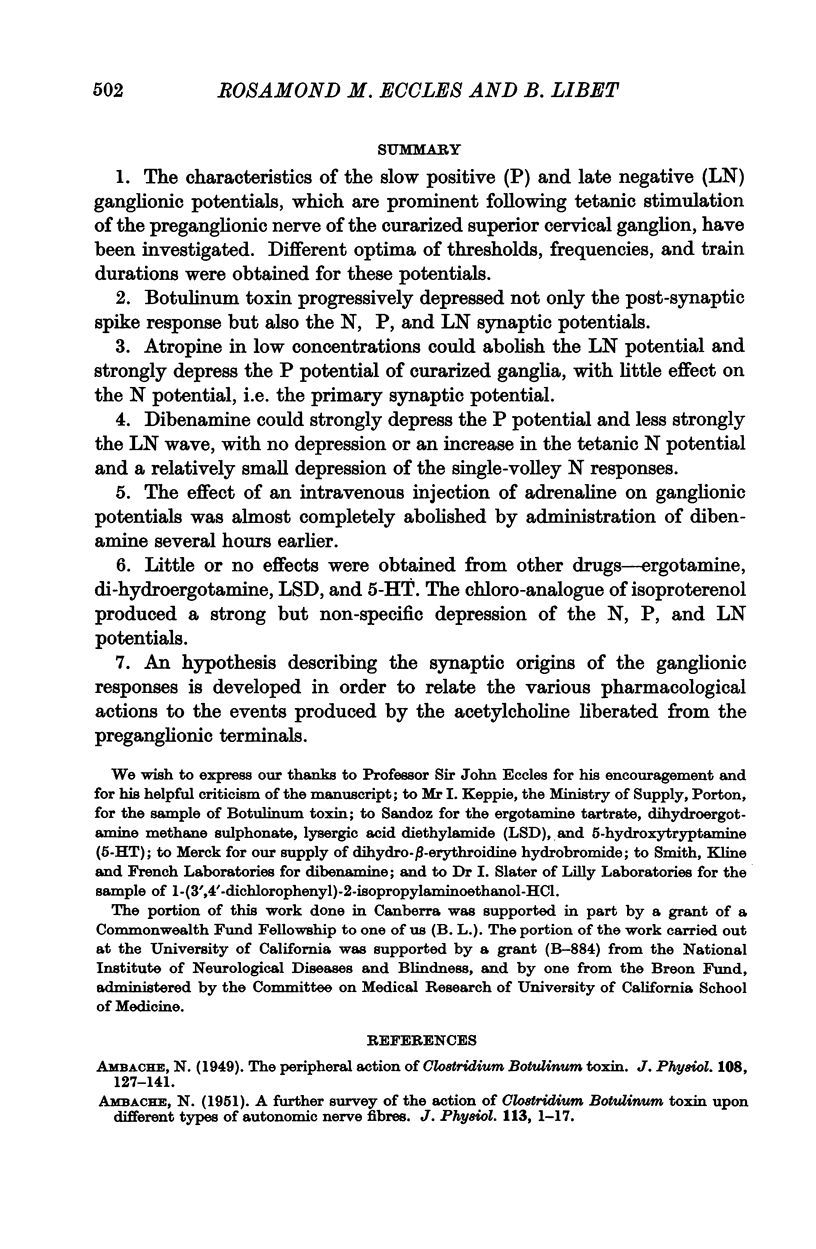
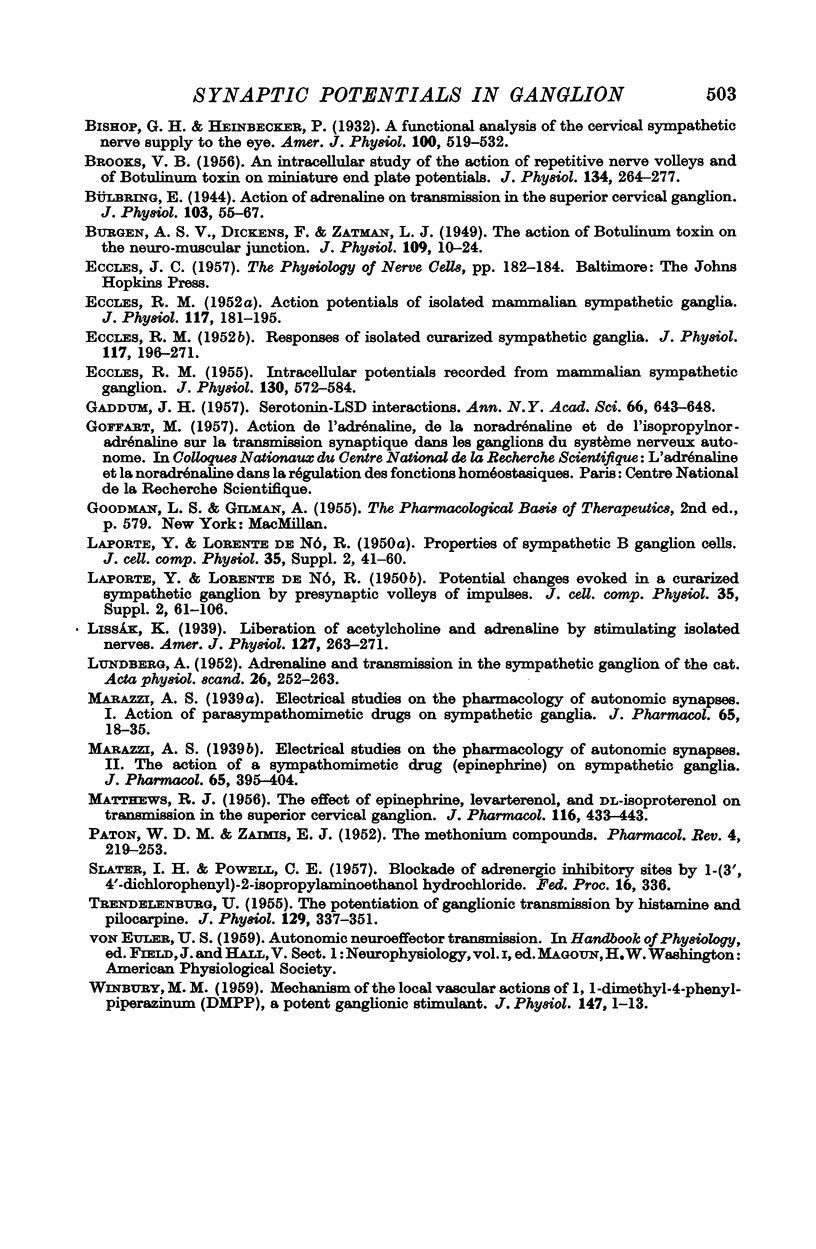
Selected References
These references are in PubMed. This may not be the complete list of references from this article.
- AMBACHE N. A further survey of the action of Clostridium botulinum toxin upon different types of autonomic nerve fibre. J Physiol. 1951 Mar;113(1):1–17. doi: 10.1113/jphysiol.1951.sp004551. [DOI] [PMC free article] [PubMed] [Google Scholar]
- Ambache N. The peripheral action of Cl. botulinum toxin. J Physiol. 1949 Mar 15;108(2):127–141. [PMC free article] [PubMed] [Google Scholar]
- BROOKS V. B. An intracellular study of the action of repetitive nerve volleys and of botulinum toxin on miniature end-plate potentials. J Physiol. 1956 Nov 28;134(2):264–277. doi: 10.1113/jphysiol.1956.sp005642. [DOI] [PMC free article] [PubMed] [Google Scholar]
- BURGEN A. S. V., DICKENS F., ZATMAN L. J. The action of botulinum toxin on the neuro-muscular junction. J Physiol. 1949 Aug;109(1-2):10–24. doi: 10.1113/jphysiol.1949.sp004364. [DOI] [PMC free article] [PubMed] [Google Scholar]
- Bülbring E. The action of adrenaline on transmission in the superior cervical ganglion. J Physiol. 1944 Jun 15;103(1):55–67. doi: 10.1113/jphysiol.1944.sp004062. [DOI] [PMC free article] [PubMed] [Google Scholar]
- ECCLES R. Action potentials of isolated mammalian sympathetic ganglia. J Physiol. 1952 Jun;117(2):181–195. doi: 10.1113/jphysiol.1952.sp004739. [DOI] [PMC free article] [PubMed] [Google Scholar]
- ECCLES R. Responses of isolated curarized sympathetic ganglia. J Physiol. 1952 Jun;117(2):196–217. doi: 10.1113/jphysiol.1952.sp004740. [DOI] [PMC free article] [PubMed] [Google Scholar]
- GADDUM J. H. Serotonin-LSD interactions. Ann N Y Acad Sci. 1957 Mar 14;66(3):643-7; discussion, 647-8. doi: 10.1111/j.1749-6632.1957.tb40754.x. [DOI] [PubMed] [Google Scholar]
- LAPORTE Y., LORENTE de NO R. Potential changes evoked in a curarized sympathetic ganglion by presynaptic volleys of impulses. J Cell Physiol Suppl. 1950 Jul;35(Suppl 2):61–106. doi: 10.1002/jcp.1030350505. [DOI] [PubMed] [Google Scholar]
- LAPORTE Y., LORENTE de NO R. Properties of sympathetic B ganglion cells. J Cell Physiol Suppl. 1950 Jul;35(Suppl 2):41–60. doi: 10.1002/jcp.1030350504. [DOI] [PubMed] [Google Scholar]
- LUNDBERG A. Adrenaline and transmission in the sympathetic ganglion of the cat. Acta Physiol Scand. 1952 Sep 10;26(2-3):252–263. doi: 10.1111/j.1748-1716.1952.tb00908.x. [DOI] [PubMed] [Google Scholar]
- PATON W. D. M., ZAIMIS E. The methonium. Pharmacol Rev. 1952 Sep;4(3):219–253. [PubMed] [Google Scholar]
- TRENDELENBURG U. The potentiation of ganglionic transmission by histamine and pilocarpine. J Physiol. 1955 Aug 29;129(2):337–351. doi: 10.1113/jphysiol.1955.sp005358. [DOI] [PMC free article] [PubMed] [Google Scholar]
- WINBURY M. M. Mechanism of the local vascular actions of 1, 1-dimethyl-4-phenylpiperazinium (DMPP), a potent ganglionic stimulant. J Physiol. 1959 Jun 23;147(1):1–13. doi: 10.1113/jphysiol.1959.sp006217. [DOI] [PMC free article] [PubMed] [Google Scholar]


